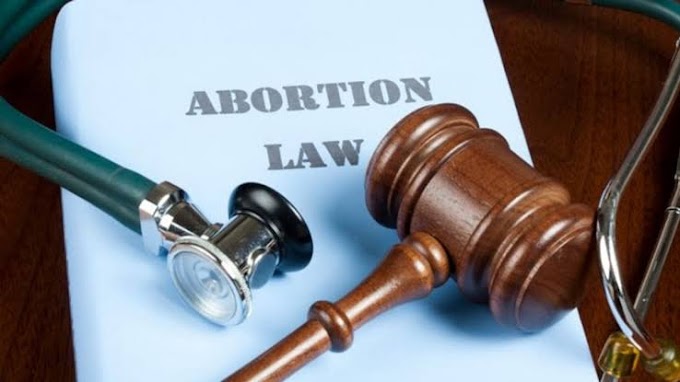The Changing Landscape of Same-Sex Marriages in India
Author:- Kunal Rai, student at Bennett University
In contemporary years, India has made noteworthy progress in LGBTQAI+ rights. Since some time, a significantly small section of society has started to recognize same-sex relationships. The credit for this minute change goes to ongoing activism, which is persistent in society. In this article, we examine the steps taken to achieve same-sex marriage's legal recognition in India, the difficulties encountered, and the likely outcomes.
The colonial masters, who were staunch followers of Christianity, considered homosexuality a sinful act and against the order of nature. So therefore, they criminalized even intercourse between consenting adults of the same gender, under Section 377 of the IPC. The honorable Supreme Court in the case of Navtej Singh Johar v. Union of India, AIR 2018 SC 4321, declared Section 377 of the IPC unconstitutional as far as it went against the liberty of two consenting adults. This decision paved a new path for LGBTQAI+ rights in India. This decision by the honorable Apex Court was seen as a way of creating a more inclusive national community.
With the freedoms guaranteed in the Constitution under Fundamental Rights and the decision of the Supreme Court, the silent social revolution continues. Although same-sex marriages are not recognized by Indian legislation, some individuals have brought the topic to constitutional courts, seeking same-sex marriage recognition under statutes such as the Special Marriage Act. The public's opinion regarding the same is changing, which will further push the legislature. In response to this, many companies and businesses in India have helped spread awareness and joined hands with the cause. In response to these trends’ governments have started taking steps towards LGBTQAI+ rights. An example of this is Kerala, which has become the first state in India to adopt a policy for transgender people and protect them against historic marginalization.
There has been an outright demand regarding the recognition of same-sex marriages but various hurdles persist in the path; since there are no laws which provide recognition to same-sex marriages, there exists a huge lacuna in the existence of rights and obligations arising out of such marriages, example child custody, maintenance, etc. The deep-rooted, preconceived notion remains a huge hurdle in the path of this cause; many LGBTQAI+ people face discrimination even in their households and are forced to follow traditional gender stereotypes. Conservatism predominately exists in the psychology of many Indians and has always influenced public opinion and Indian politics, which has restricted governments from making progressive legislation. Inclusion has subsequently increased in cities, but rural areas still lag.
The Constitution provides various fundamental rights to all citizens, and some rights, like the ones under Article 21, are available to individuals, so it becomes more important for us to advocate for the rights of same-sex couples. This makes the need for laws that provide inclusivity of the utmost importance. Sensitization of the populous through gender-sensitive education is the need of the hour. Networks to spread awareness and extend legal and social support to the LGBTQAI+ community should be made. We can learn from the examples of other countries that have enacted similar laws.
The journey of same-sex marriages in India demonstrates the strength of endurance, agitation, and changing society's perceptions. While great progress has been made, much more work needs to be done. Same-sex marriage recognition is more than simply a legal issue; it reflects a more tolerant, welcoming, and diversified India that embraces love in all its manifestations. Same-sex marriages may become fully legalized and accepted by society as the country grows, ushering in a new era of equality and love for everyone.




![Freedom of Speech in India [Indian Supreme court and Law of Sedition]](https://blogger.googleusercontent.com/img/a/AVvXsEiGLLUmLKq5Da6xDZplasOZHKRj-jOhWPkoeuy0_Eq757tUpOiHz-xooXwIlAjF0-hmBfi-TtMIv6on_sVgBXVq4wbWwnbsqLOcNX22S8C2aSq-ZuK3vn9wWAx8tXByYOBfwc0hs6b8RJV84YNFG2greouGKjup6g8kN-xVlchW33VHdSSmrhLC1BUEVbGp=w680)





